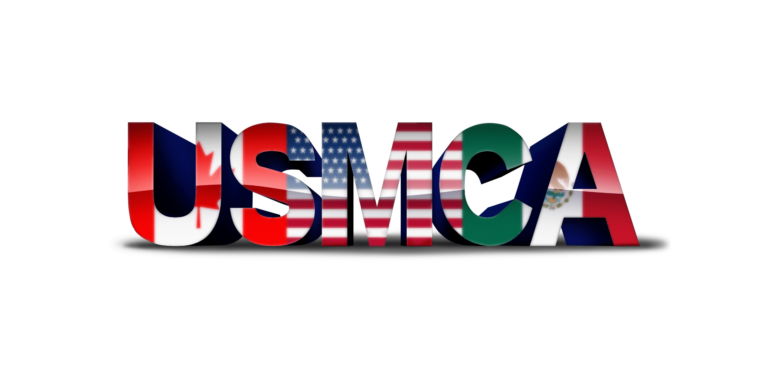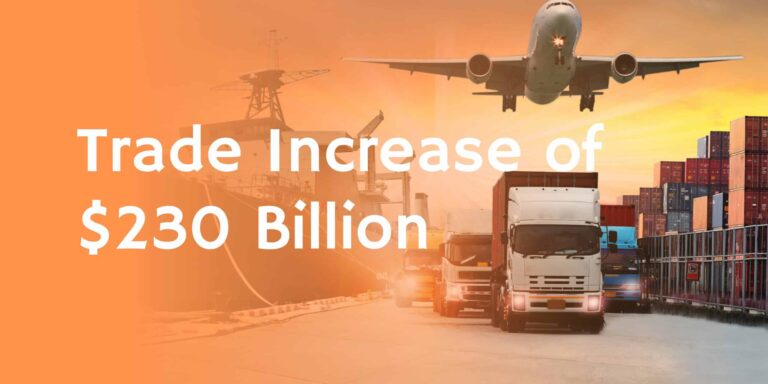The Foreign-Direct Product Rule
The Foreign-Direct Product Rule is a provision of the Export Administration Regulations
The following transcript from George W. Thompson, explains the criteria under which some foreign products are subject to the EAR and are thereby within the scope of export controls even if they have no physical U.S. origin content.
Hello again, this is George Thompson and today’s discussion topic is the foreign direct product rule. This is a provision in the Export Administration Regulations that extends extraterritorial coverage of US export controls to certain items produced abroad. Such foreign products are considered subject to the EAR, and therefore within the scope of export controls, even if they have no physical US origin content, there are two separate criteria under which this can occur. First, a foreign-made item is subject to the EAR if two conditions are met, the item must be the direct product of US-origin technology or software controlled for National Security or NS reasons.
The technology or software also must require written assurance from the foreign recipient as a supporting document for an export license, or the use of license exception TSR.
In addition, the foreign product itself must be subject to NS controls. So for example, certain semiconductor design and production software and technology isn’t as controlled and require a written assurance, if used abroad to make semiconductors that are themselves and as controlled as well, they fall within the rule. The second condition is that the foreign-made product is destined for a country and country groups D1, E1, or E2. These include China and Russia among a number of others.
Alternatively, a foreign-made product is covered if it is made by a foreign plant, or a major component of a plant, which itself is a direct product of US origin software technology, and which requires a written assurance. In addition, the foreign-made product must itself be covered by a commerce controls provision that is subject to NS controls. Therefore complying with the rule requires an understanding of the control status of US technology or software used abroad, as well as of the foreign-made product. Next time we’ll discuss the newly expanded foreign direct product rule specifically for Russia.
Watch video of the original posting here > Thompson & Associates, PLLC








